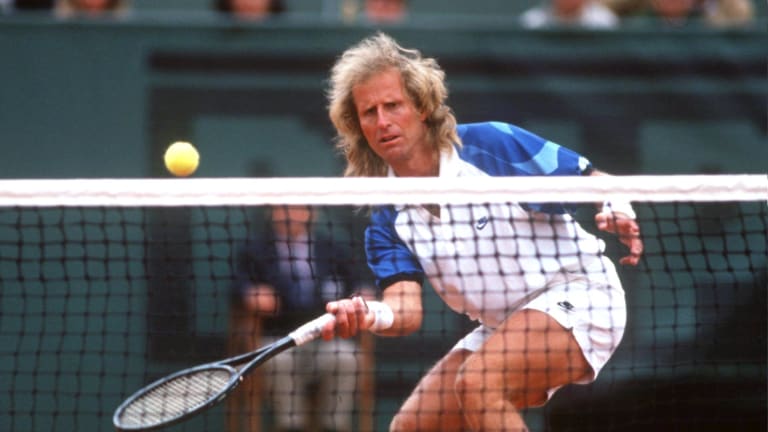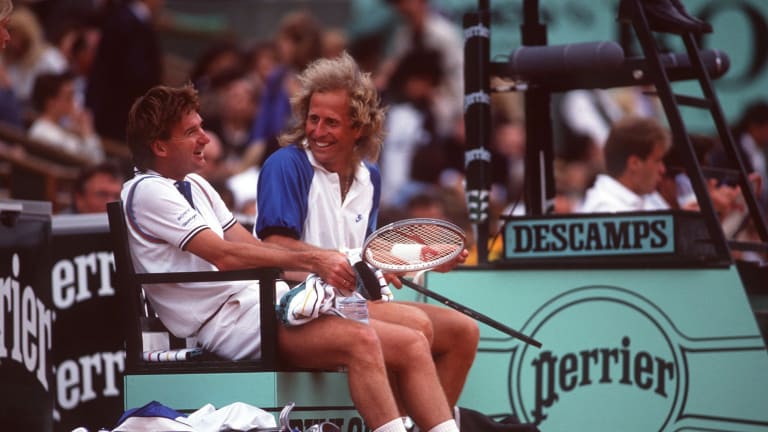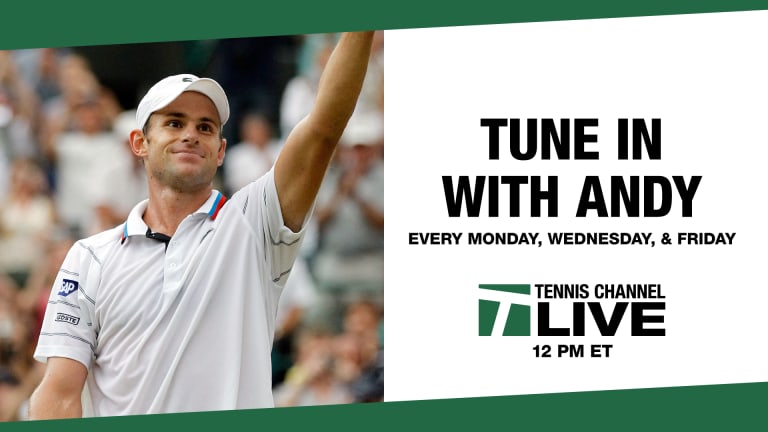The undeniable legacy of Vitas Gerulaitis: How to be a better human
By Apr 03, 2020Stat of the Day
Danielle Collins extends winning streak to 14 matches in a row with opening victory in Madrid
By Apr 26, 2024Social
'If we're both fit enough, why not?' Carlos Alcaraz and Rafael Nadal reaffirm Paris Olympic doubles hopes in Madrid
By Apr 26, 2024Social
Mirra Andreeva did, in fact, put Andy Murray's famous complimentary tweet in a frame
By Apr 26, 2024Madrid, Spain
Ready (in) '24: Tommy Paul turns injury break into clay-court training bloc, aims to peak at Roland Garros
By Apr 26, 2024Madrid, Spain
Carlos Alcaraz begins Mutua Madrid Open title defense, defeats Alexander Shevchenko
By Apr 26, 2024Defending champion Sabalenka advances at Madrid Open with a 3-set win over Linette
By Apr 26, 2024Pop Culture
New movie Challengers asks: Where does tennis take us?
By Apr 26, 2024Madrid, Spain
Aryna Sabalenka defeats Magda Linette, begins Mutua Madrid Open title defense
By Apr 26, 2024Social
Shelby Rogers dishes on the viral social media video that went all the way to Will Smith
By Apr 26, 2024The undeniable legacy of Vitas Gerulaitis: How to be a better human
He did this with his spirit, a Pied Piper-like capacity for inclusion, generosity and empathy—be it donating thousands of racquets to at-risk children, to treating numerous friends and newly met acquaintances for meals.
Published Apr 03, 2020
Advertising

The undeniable legacy of Vitas Gerulaitis: How to be a better human
© Getty Images
Advertising

The undeniable legacy of Vitas Gerulaitis: How to be a better human
© Getty Images
Advertising

The undeniable legacy of Vitas Gerulaitis: How to be a better human